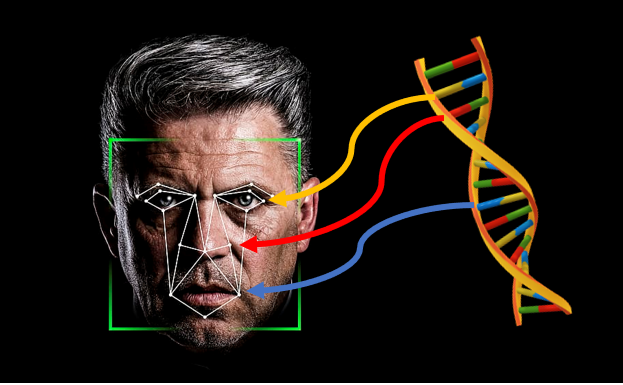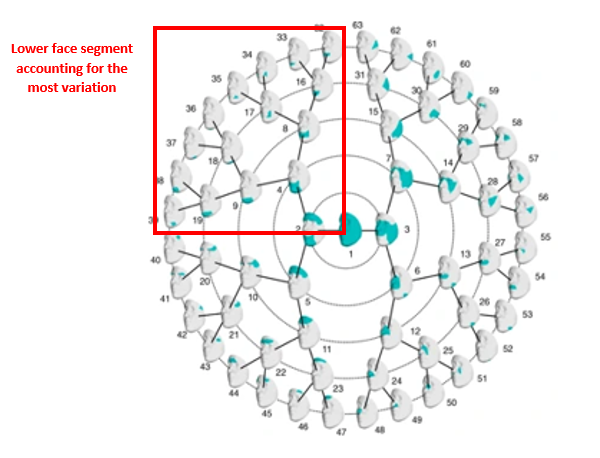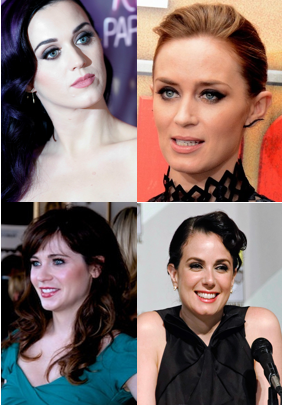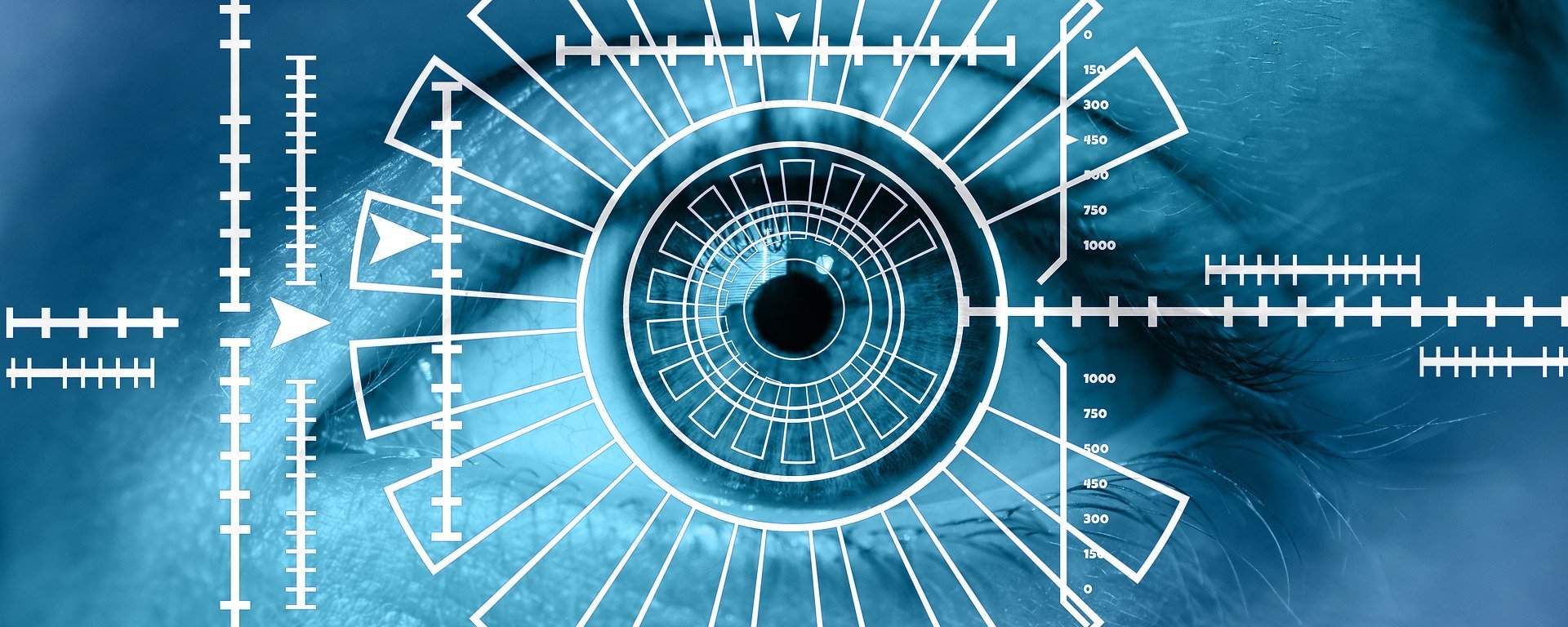Credit for Source Photo: Biometrics by Geralt on Pixabay
As our technological savvy increases, forensic scientists develop new ways to identify the source of biological material, like blood or semen. One recent approach is to predict a person’s face from DNA and match this prediction to known images in a biometrics database. Dr. Dzemila Sero of Centrum Wiskunde & Informatica (CWI) with her team developed a method using DNA codes for facial traits to “build” a face that can be matched to a reference set. Their system correctly matched more DNA-to-face profiles than not, however many issues remain regarding forensic application.
Forensic scientists identify the origin of biological samples like blood or semen through DNA profiling. This method involves extracting the DNA from the original sample, amplifying a certain subset of 13 short tandem repeats (STRs) and sequencing each repeat to obtain a DNA profile. However, DNA from crime scenes is often degraded or in such small amounts that only a partial profile can be obtained. Identifying a single person from a partial profile is very difficult. Think of DNA profiles as a barcode. Many people can have the same first two numbers of their barcode; however, as more numbers are added, the number of individuals with that numeric sequence decreases. If analysts only have a partial profile to compare, many suspects in a database may have “matching” profiles. The more STRs in a DNA identity profile, the more unique the profile is to a certain individual.
To solve this dilemma of partial profiles, Sero and her team at the CWI investigated DNA-based phenotyping (predictions of physical traits like eye and hair color) to create facial profiles from genotypic (genes inherited from both parents) information. Coupling this data together would tremendously increase the likelihood of finding an individual from an incomplete DNA profile. Let’s go back to the example of that partial barcode. If we find that the person or source of the barcode has blue eyes, then everyone that has the partial barcode without blue eyes can be excluded.

The CWI lab optimized their DNA-based phenotyping using a biometrics system. Instead of trying to predict facial characteristics from DNA, Sero et al. used a face-based biometrics system to identify STR segments encoding 3D facial shapes, called classifiers (Fig 2). Classifiers are given a score based on how it affects the facial prediction. For example, if the classifier identifies the sex as male, then all the database images with a “male” designation receive a higher score than profiles designated “female.” The more classifiers from an unknown DNA sample that match a database entry, the higher the matching score between the known face and the prediction.

The authors also sorted these face-to-DNA classifiers by their presence between and within ethnic populations, with the goal to distinguish a single person within their ethnic population. Looking at face shape only, the authors identified 90% variance of total face shape between ethnic groups and over 89% within a single group using digital software. The scientists also considered facial features such as the nose, cheeks and mouth. Most differences were found in the lower segments of the face (Fig 3); however, the whole face is needed when considering the effects that sex, age and BMI have on the facial construct.

Facial profiles were more difficult to match within the same ethnic population than between different ethnic populations. This logically follows as facial recognition software can more easily distinguish between individuals who share fewer facial features, such as those in different ethnic groups. Ethnic diversity increases the number of subgroups that exist in a general population, which leads to a higher discrimination and therefore recognition power when comparing facial profiles. However, this same discrimination or recognition power cannot be obtained when comparing an individual within their ethnic population, as too many of the distinguishing facial features are shared (Fig 4).

More research is needed to match individual DNA-to-face profile “predictions” with known reference images from a database. However, matches can be made on a population level, excluding certain individuals as the source of an unknown sample. Notably, scientists can avoid biasing their data by using DNA codes or classifiers derived from machine-identified facial features in lieu of selectively picking regions with high discriminatory power. DNA-derived phenotypic profiles like facial “predictions” can be coupled with partial DNA profiles to increase the likelihood of identifying a person from an incomplete sample. Suspects and persons of interests can be included or excluded from a sample with more confidence, making analysis of partial DNA profiles more effective and efficient.
| Title | Facial recognition from DNA using face-to-DNA classifiers |
| Authors | Dzemila Sero, Arslan Zaidi, Jiarui Li, Julie D. White, Tomás B. González Zarzar, Mary L. Marazita, Seth M. Weinberg, Paul Suetens, Dirk Vandermeulen, Jennifer K. Wagner, Mark D. Shriver, Peter Claes |
| Journal | Nature Communications |
| Publisher | Nature |
| Year | 2019 |
| Link | https://www.nature.com/articles/s41467-019-10617-y#citeas |

One thought on “Building a “Face” from DNA”